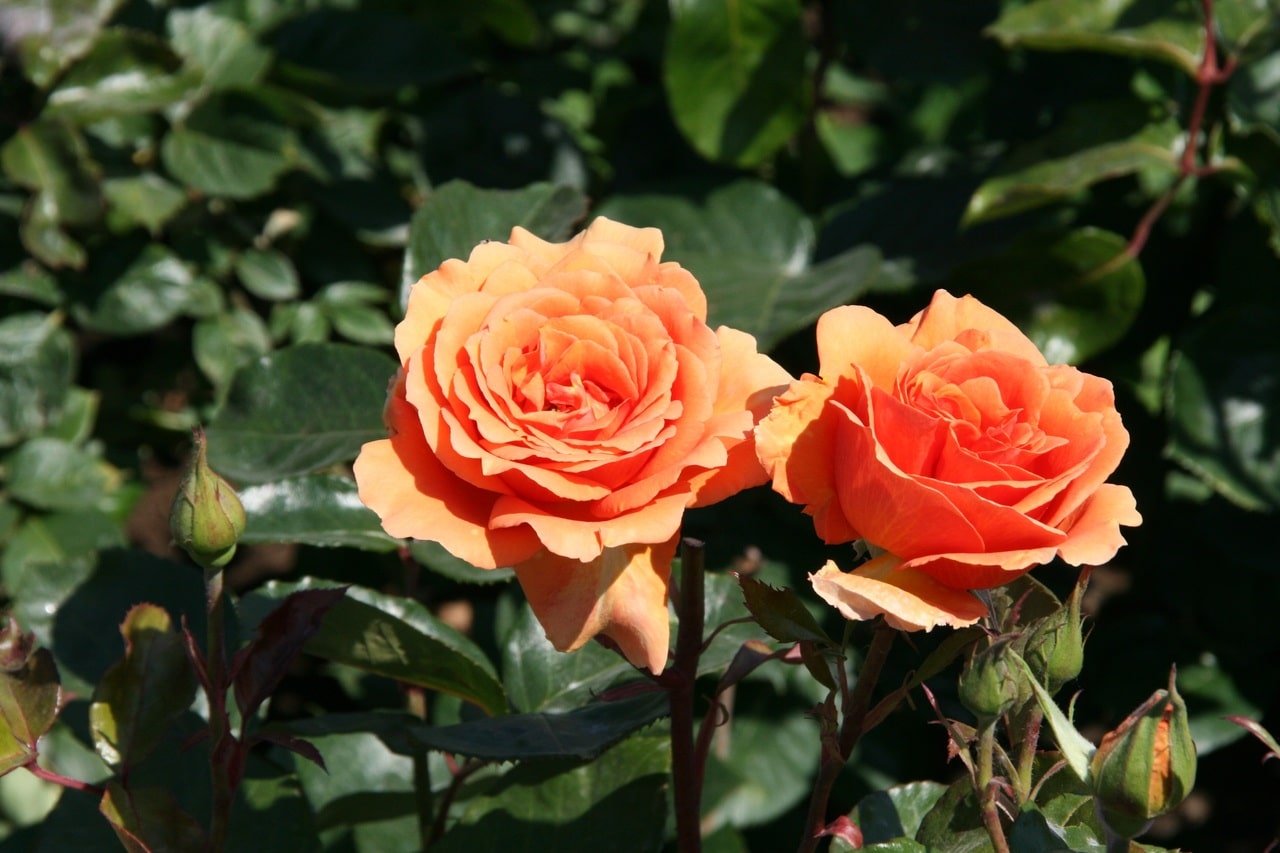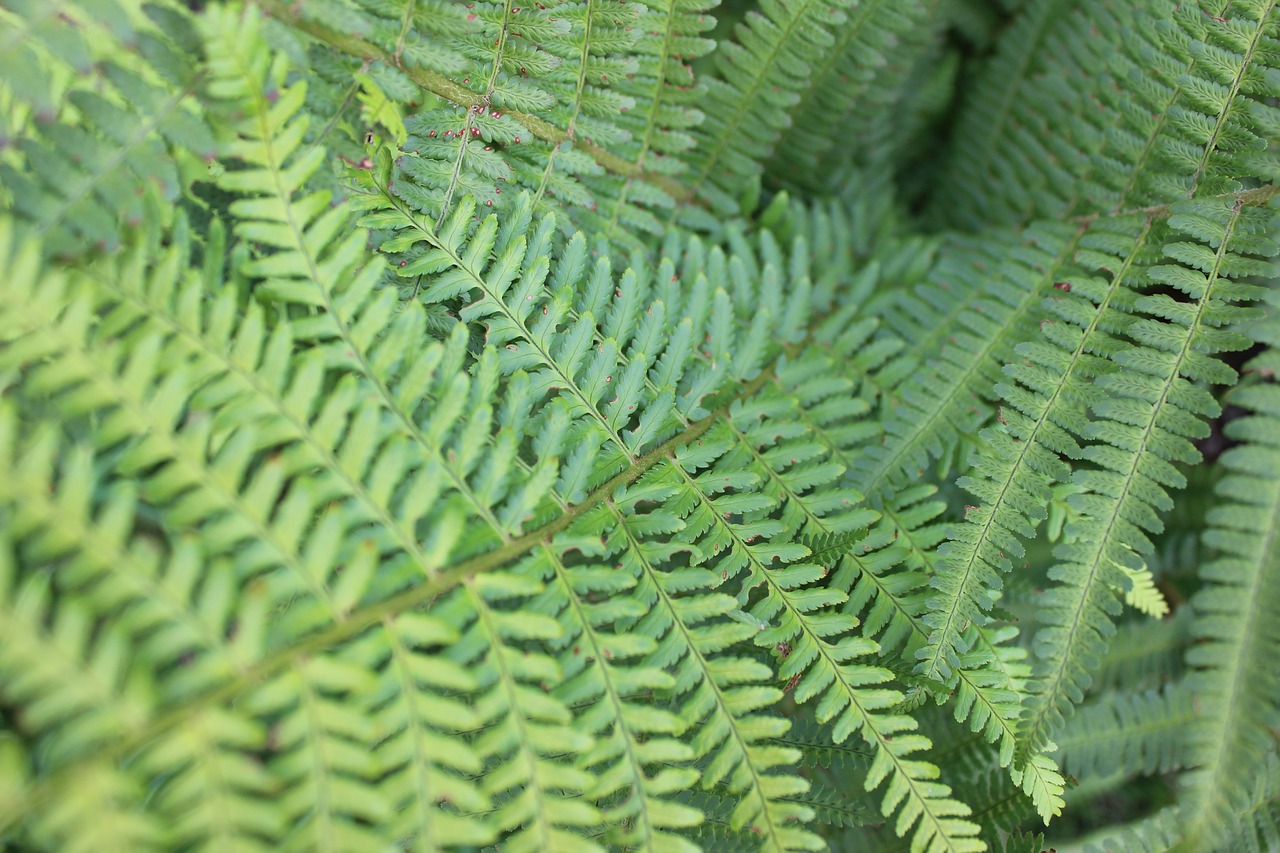
Often, those of us who love plants will find ourselves in a peculiar situation, in which we would like to buy more ... but lack of space prevents us from doing so. And that is not to mention that high humidity, whether from outside and / or inside the house, may be a problem when growing according to which species. To do?
Well, there is no other than learn about the many small plants that live in humid environments around the world. These are just some of them.
Cove (Zantedeschia ethiopica)
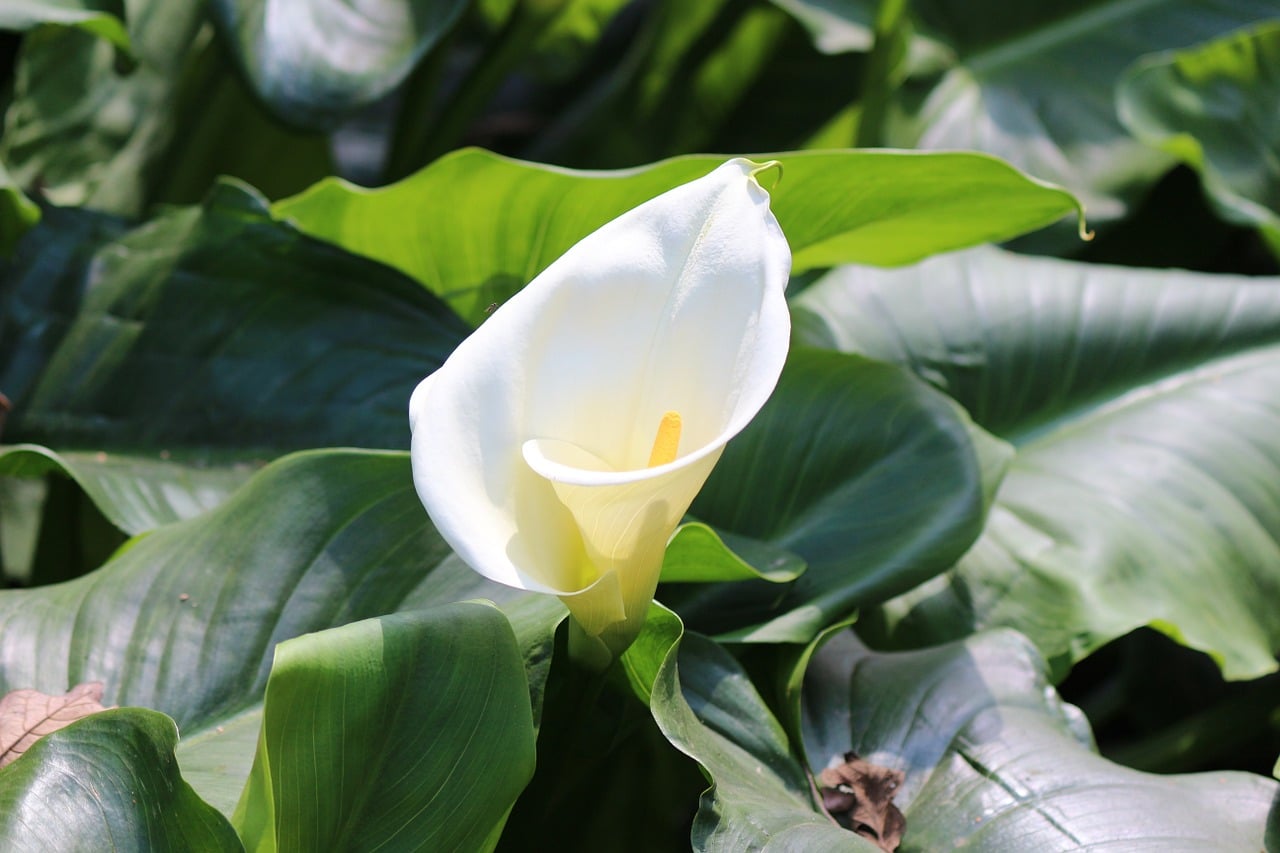
La creek, also known as alcatraz flower, peace lily, jug flower or duck flower, and whose scientific name is Zantedeschia ethiopica, is a rhizomatous perennial herbaceous native to South Africa. Reaches a height of between 60 and 100 centimeters, and develops several glossy green leaves with oval shape, sagittal and petiolate. The flowers emerge inflorescences called spadices in spring, and are white.
Care
It is a plant that lives near water courses, so you have to water it very often. Likewise, it should be placed in a shady area, where the light does not reach it directly at any time, and protect from frost.
Red Cardinal (Lobelia cardinalis)

Image - Wikimedia / H. Zell
La ingrown cardinal, whose scientific name is Lobelia cardinalis, is a beautiful perennial herbaceous plant native to America. It grows near waterways and in ponds, reaching a height of up to 120 centimeters. The leaves are oval or lanceolate, with a length of 20 centimeters. It blooms in summer, producing clusters up to 70 centimeters tall of white, red or pink flowers.
Care
It is a plant that needs light to grow, as well as a humid environment. You can grow it in a pot or in the garden, inside or outside the home, but it is recommended that the soil has good drainage and, above all, that it be watered frequently. It resists weak frosts down to -4ºC.
Spatifilo (spathiphyllum wallisii)
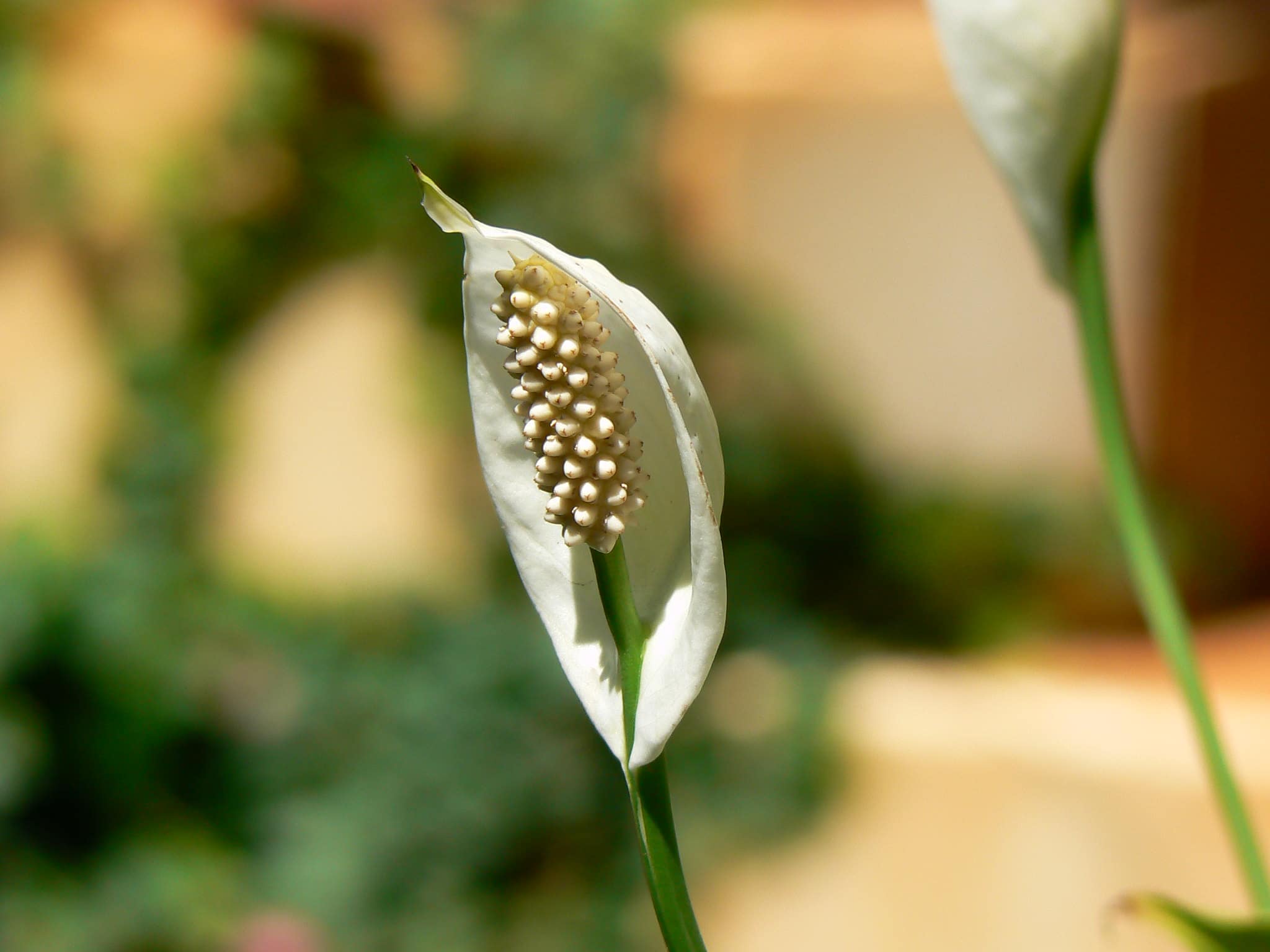
Image - Flickr / Dinesh Valke
El spatiphile, also called as flower of peace or candle of the wind, and whose scientific name is spathiphyllum wallisii, is a herbaceous native to tropical America that grows to a height of about 40-50 centimeters. Its leaves are dark green, smooth, lanceolate and sharp. It blooms in spring, producing a white spathe flower.
Care
The care that this species requires are: light but not direct, moderate watering and protection against frost. It lives well indoors as long as the room is bright and away from drafts. For the rest, you have to know that it does not resist cold or frost.
Geranium (Pelargonium or Geranium)
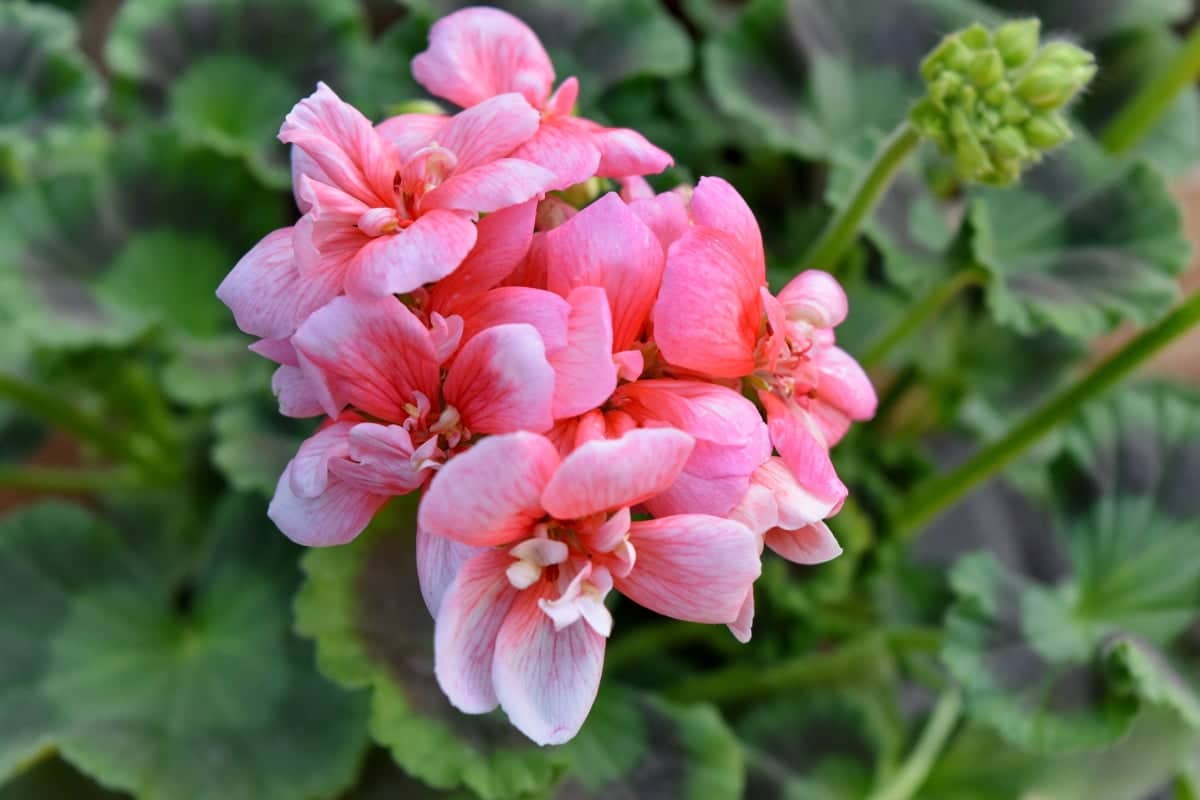
All plants commonly known as geraniums, be of the genus Pelargonium or of Geranium, are tropical or subtropical herbaceous that reach a height between 20 and 60 centimeters. Some repel mosquitoes, such as anti-mosquito geranium o Pelargonium citrodorum, but they are all precious. They produce simple but elegant flowers in bright colors, such as red or pink.
Care
They are plants that you have to water them immediately, especially during the summer season. High humidity does not affect them, but it is advisable that they be either in full sun or at least in a bright area. They resist cold and mild frosts, down to -2ºC.
Gloxinia (Sinningia comely)
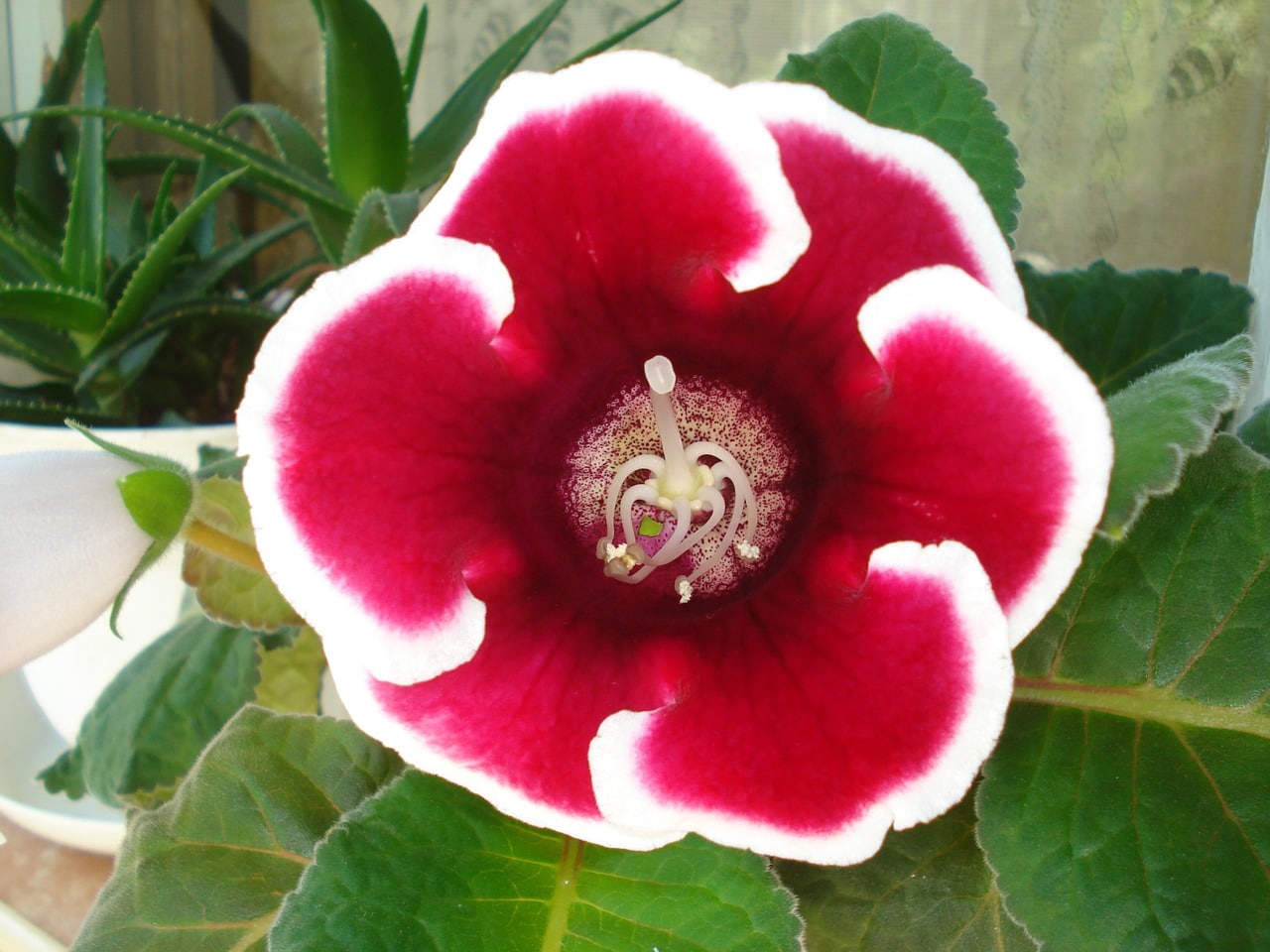
La gloxinia, whose scientific name is Sinningia comely, is a perennial herbaceous plant with tuberous roots native to the tropical regions of South America. Reaches a height of about 30-50 centimeters, and develops oval and fleshy green leaves. Its flowers sprout in spring, and are of different colors, such as red, violet, pink or white.
Care
When it comes to cultivating it, the most important thing to know is that the substrate or soil must have excellent drainageOtherwise its roots will rot. To avoid this, mix peat with perlite in equal parts for example. Also, you should not spray / spray its leaves or flowers, and avoid exposing it to temperatures below 10ºC.
Common fern (nephrolepis high)

Image - Wikimedia / Mokkie
The common fern, also called nephrolepis and whose scientific name is nephrolepis high, is a native plant of the tropical regions of the world. It develops fronds (this is how the fern leaves are called) lanceolate and with a length of about 40 centimeters long. It does not produce flowers, since it multiplies by spores which develop in structures known as sporangia, located on the underside of the fertile fronds.
Care
It is a plant that needs partial shade if it is in the garden, or lots of light if it is indoors, and frequent waterings in summer. It is not advisable to have it outside if the temperature drops below 0 degrees in winter.
Butterfly orchid (Phalaenopsis)

La butterfly orchid, belonging to the genus Phalaenopsis, is a natural epiphytic orchid of the tropical and humid forests of Southeast Asia that reaches a height of no more than 1 meter (in cultivation it is rare that it exceeds 50 centimeters). It develops whole and simple leaves, dark green, and some really decorative flowers grouped in lateral inflorescences. It blooms in spring, but if the conditions are right it can do it again in autumn.
Care
Although it lives in humid environments, it requires porous substrates such as pine bark in order to grow. In addition, do not spray the leaves or flowers. Irrigation will be moderate, with the purest possible water. In addition, it must be kept indoors if the temperature drops below 10ºC. Do not place in direct sunlight or direct light.
Rose bush (Rosa sp)
The rose bush is a generally thorny shrub native especially to Asia that reaches a height between 20-30 centimeters (the pitiminí rose bushes) or 2-3 meters (the climbing roses). Its leaves are composed of dark green leaflets, and they bloom for a good part of the year producing fragrant flowers or not, of a multitude of colors (white, red, yellow, orange, pink, multicolored…).
Care
It is a plant that, from its own experience, adapts great to living in very humid environments. It requires frequent watering, especially in summer, and regular pruning.. In addition, it easily resists frosts down to -7ºC (except pitiminí, which are much more sensitive to cold and should not be exposed to temperatures below -2ºC).
Which of these small plants that live in humid environments did you like the most?
